People refer to a wide variety of different fish as “Smelt.” Researchers place most species in the taxonomic family Osmeridae. Within the family, they place 14 different species in 6 taxonomic genuses. People in different cultures and regions use these fish frequently as food or bait. Read on to learn about the Smelt.
Description of the Smelt
While each species is slightly different, these fish generally have small, elongated bodies. Their shape is long and narrow, and their scales generally have a silvery coloration. Most species measure just a few inches long, though some reach slightly larger sizes.
Interesting Facts About the Smelt
Each of the various species is slightly different from the last. Learn more about a few specific species, and what makes them unique, below.
- Capelin – People frequently use this species for fish oil and fish meal. Zoos and aquariums also use capelin to feed other fish species, seabirds, marine mammals, and more. People also eat the roe, also known as masago.
- Delta Smelt – This species lives primarily in the Sacramento Delta in northern California. Habitat destruction and pollution have decimated the populations of this species, leading the IUCN to list them as Critically Endangered.
- Rainbow Smelt – You can find this fish throughout waterways in North America. People have also introduced this fish to the Great Lakes, where it outcompetes some fish for food, but provides prey for others.
- Eulachon – During the breeding season, this species contains incredibly high fat stores. In fact, people refer to this species as the “candlefish” because the high fat content meant that you could burn the dried fish as a candle.
Habitat of the Smelt
Different species occupy different types of habitats. Some live in several different habitat types, while others occupy a very specific habitat. Many species occupy only freshwater habitats. However, some species have anadromous behavior, where they live in the ocean and return to the freshwater rivers and streams only to breed.
Some of the different habitats that this group of fish occupy include rivers, ponds, lakes, streams, creeks, coastal seas, estuaries, and more.
Distribution of the Smelt
The various species live in different places across the globe. Some occupy vast areas while others live in just small regions. Each species has its own unique distribution and range, though some populations overlap with those of other species.
You can find various species in North America, Europe, Asia, and the Northern Atlantic and Pacific Oceans.
Diet of the Smelt
As is the case with most groups of animals, diet varies primarily based on where the fish lives. Different species in different regions feed on different species of prey, but often feed on similar types of animals. For example, the rainbow species feeds on opossum shrimp while the capelin hunts for krill, both are small crustaceans but quite different species.
Some of the different types of food items that these fish eat include plankton, insect larvae, fish eggs, fish larvae, and more.
Smelt and Human Interaction
Humans interact with the various species in many different ways. People capture these fish, both commercially and recreationally. They eat the fish, use the fish for fishmeal and bait, and more.
Human activity also impacts the various species in different ways. Habitat destruction, pollution, and climate change all cause various levels of decline in the different species. Some species face greater pressure from human activity than others.
Domestication
Humans have not domesticated this species in any way.
Does the Smelt Make a Good Pet
No, these fish do not make good pets. They don’t have any particularly interesting qualities as an aquarium fish.
Smelt Care
Generally, people do not keep these schooling fish in aquariums. However, some few do house these creatures, particularly those that have declining populations. They keep the fish in large schools, as the species are social and live in groups. Additionally, they provide a variety of plankton and similar microorganisms for the fish to eat.
Behavior of the Smelt
There isn’t much to say about the behavior of these fish. Different species have different behaviors. Some species migrate from rivers and streams to the ocean, and then back to reproduce. Other species spend their lives in freshwater. All species live in large groups known as schools.
Reproduction of the Smelt
While individual reproductive rates vary from species to species, these fish all breed via spawning. During spawning, the female releases her eggs, and the male fertilizes the eggs outside of the body. Large females produce more eggs, and a single female can lay several thousand eggs.
The eggs of different species have different hatching times. For all species, the eggs and young receive no parental care.


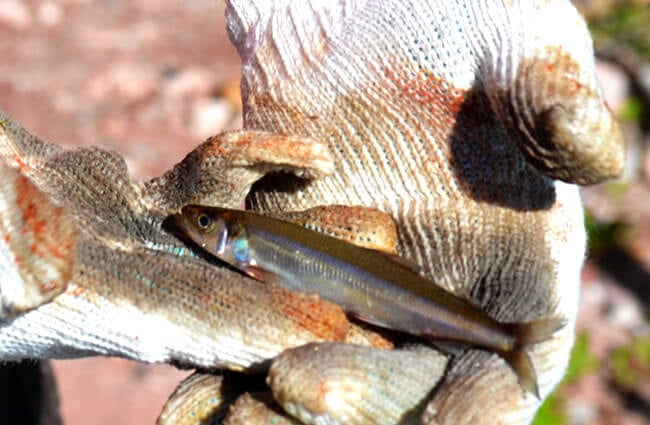
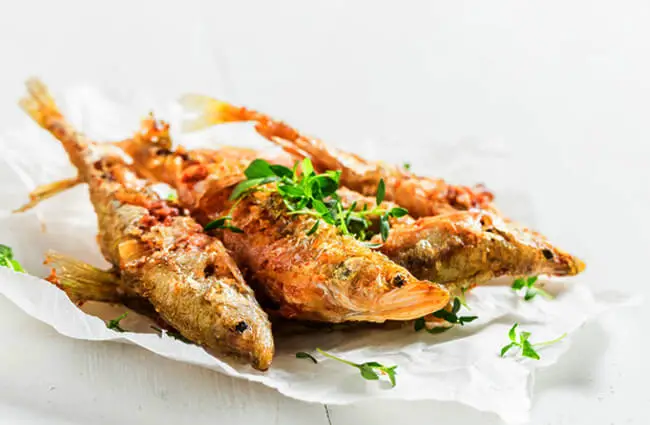
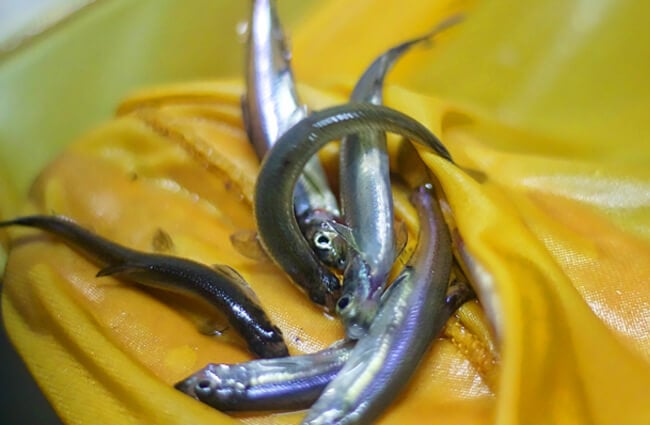
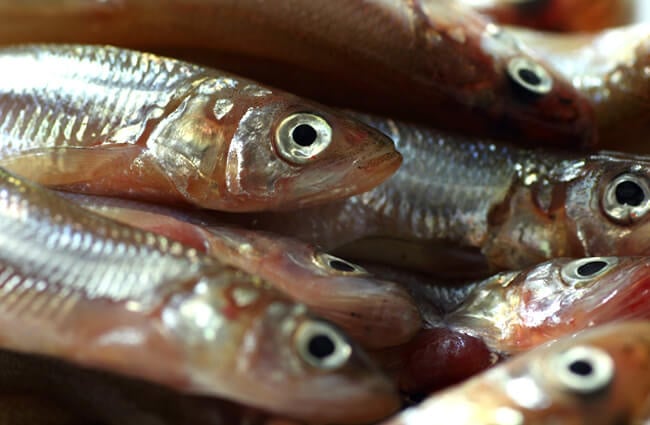
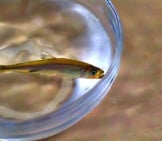

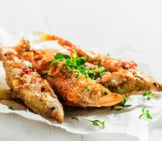
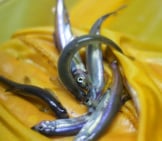

![Red Angus Closeup of a beautiful Red Angus cowPhoto by: U.S. Department of Agriculture [pubic domain]https://creativecommons.org/licenses/by/2.0/](https://animals.net/wp-content/uploads/2020/03/Red-Angus-4-238x178.jpg)












![Red Angus Closeup of a beautiful Red Angus cowPhoto by: U.S. Department of Agriculture [pubic domain]https://creativecommons.org/licenses/by/2.0/](https://animals.net/wp-content/uploads/2020/03/Red-Angus-4-100x75.jpg)

